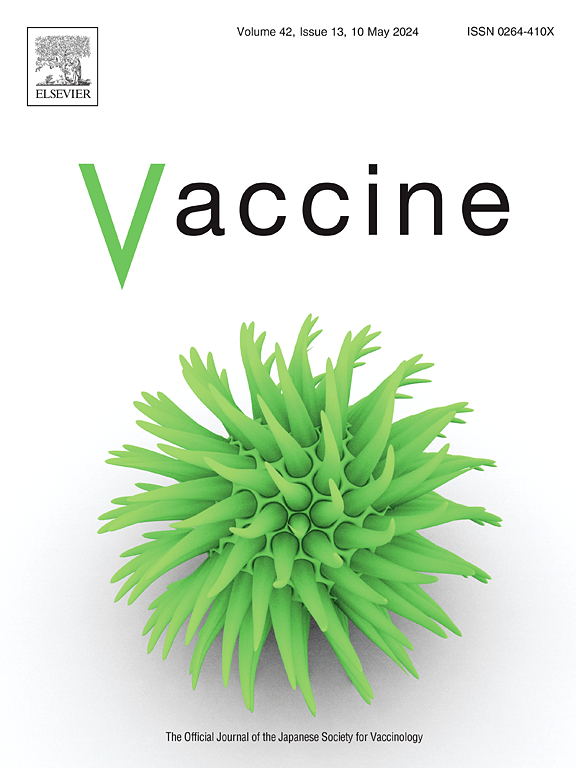Global production capacity of seasonal and pandemic influenza vaccines in 2023
IF 4.5
3区 医学
Q2 IMMUNOLOGY
引用次数: 0
Abstract
Introduction
Vaccination is a critical part of the response to an influenza pandemic. Future influenza pandemics will likely leverage existing production processes and manufacturing facilities for seasonal influenza to make pandemic vaccines. Therefore, pandemic influenza vaccine response is heavily dependent on seasonal influenza vaccine production capacity.
Methods
WHO monitors global vaccine production to inform pandemic preparedness by regularly surveying influenza vaccine manufacturers to estimate both seasonal and potential pandemic vaccine production capacity overall and by region, vaccine type, and manufacturing process. The last survey estimates were for 2019; here, we report updated estimates based on data from the 2023 survey and compare to estimates from previous surveys.
Results
Our analysis estimates that annual seasonal influenza vaccine production capacity has remained relatively stable since 2019 at 1.53 billion doses and pandemic vaccine capacity at 4.13 and 8.26 billion doses for moderate and best case scenarios, respectively. Over 80 % of seasonal and pandemic vaccine production capacity relies on embryonated eggs, and inactivated influenza virus vaccines comprise the majority of vaccine supply. There is influenza vaccine manufacturing capacity in all WHO regions, except for the African Region, though influenza vaccine production is concentrated in high and upper-middle income countries. The ability to achieve maximum production capacity could be hindered by access to eggs and other ancillary supplies.
Conclusions
While influenza vaccine production capacity has been sustained since 2019, significant gaps persist in its distribution, especially in low and lower-middle income countries, and most notably in the African region. This imbalance in production could result in unequal access to vaccines in the event of a pandemic. Strengthening local vaccine manufacturing, promoting seasonal vaccination programmes, and investing in research and development of next-generation influenza vaccines or improved production platforms are essential to improve pandemic preparedness, sustain the influenza vaccine market, and enable more robust local responses.
求助全文
约1分钟内获得全文
求助全文
来源期刊

Vaccine
医学-免疫学
CiteScore
8.70
自引率
5.50%
发文量
992
审稿时长
131 days
期刊介绍:
Vaccine is unique in publishing the highest quality science across all disciplines relevant to the field of vaccinology - all original article submissions across basic and clinical research, vaccine manufacturing, history, public policy, behavioral science and ethics, social sciences, safety, and many other related areas are welcomed. The submission categories as given in the Guide for Authors indicate where we receive the most papers. Papers outside these major areas are also welcome and authors are encouraged to contact us with specific questions.
 求助内容:
求助内容: 应助结果提醒方式:
应助结果提醒方式:


